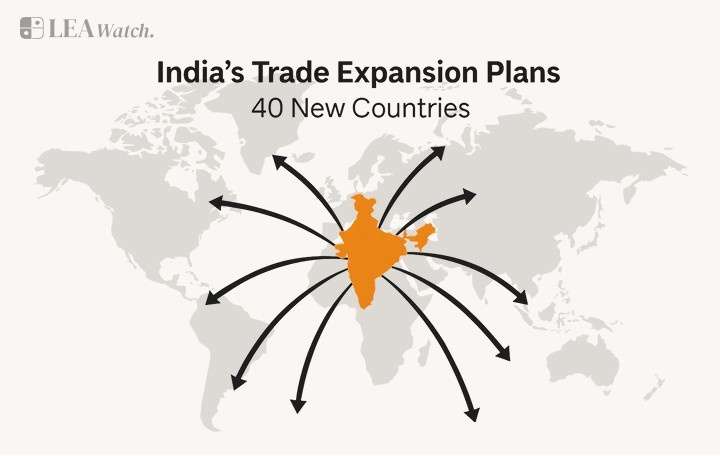The United States, accounting for roughly 20% of India’s $80 billion exports, has imposed a sweeping 50% tariff; a punitive move tied to India’s continued purchase of Russian oil, which threatens to inflict serious damage on labor-intensive export sectors. Nearly 55% of India’s U.S.‑bound exports valued at $47–48 billion are now subject to a 30–35% cost disadvantage. Thousands of MSMEs and up to 2 million jobs are at risk.
India’s counter strategy is swift and strategic: the government has launched targeted outreach across 40 key markets, including the U.K., Japan, South Korea, Germany, France, Australia, UAE, and Russia, to specifically boost its textile and apparel exports. These nations represent a combined import market of over $590 billion, where India’s current share stands at only 5–6%.
With global trade relationships under stress, Indian policymakers and industry insist that export diversification, bilateral trade agreements, and supply chain resilience especially for vulnerable sectors are no longer optional, but strategic necessities for maintaining economic momentum.

